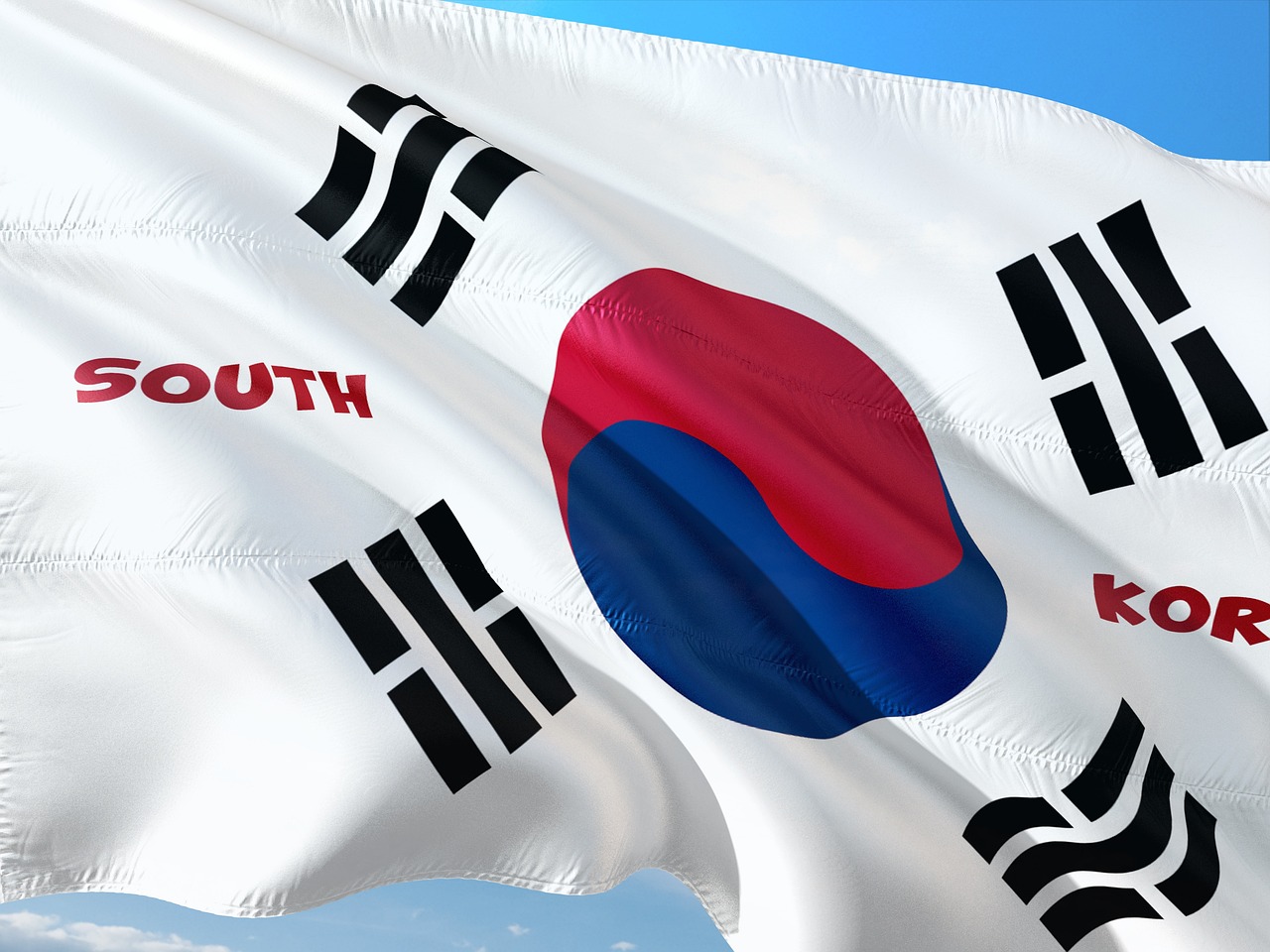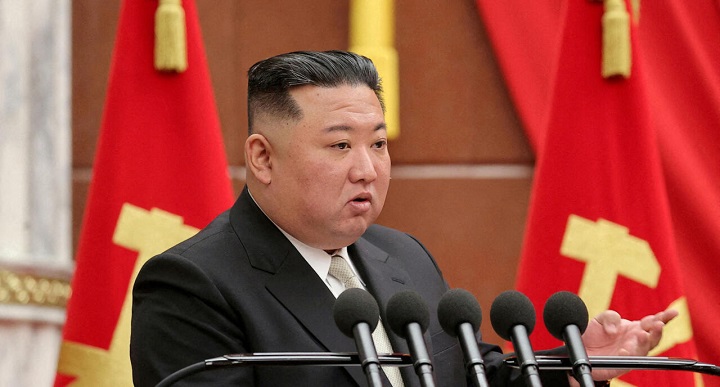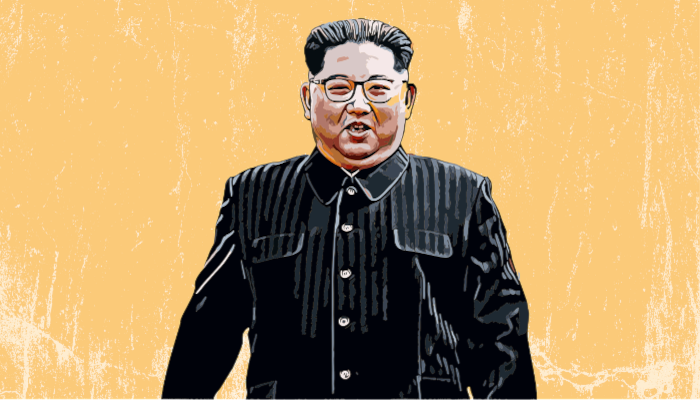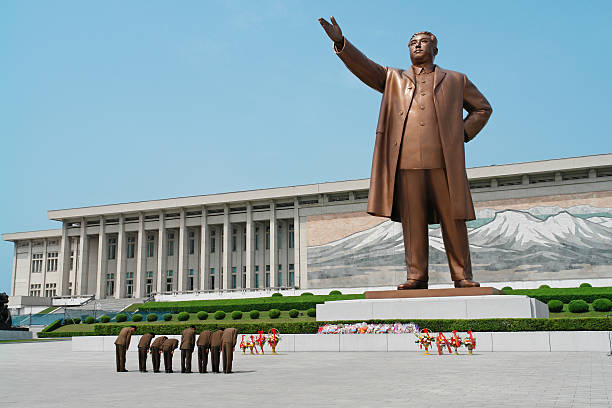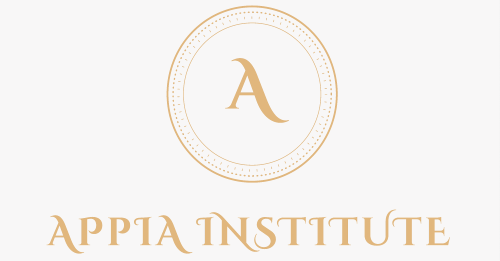
At a time when tensions along the Thai–Cambodian border continue to bring loss and hardship, it is worth revisiting a simple but powerful idea: peace is the most effective and least costly tool for preserving life.
Peace should not be seen only as an ideal but as a pragmatic strategy. It requires fewer resources, delivers greater value, and has the capacity to break the cycle of violence at its origin. The alternative—large budgets for weapons and military equipment—consumes national wealth in order to destroy lives and resources on both sides.
There are lessons to be drawn from beyond the region. In Western Europe, where borders were once fiercely contested, many disputes have been resolved not by final lines drawn on maps but by agreements on coexistence. Shared management and mutual trust have proven more sustainable than prolonged confrontation.
For Thailand and Cambodia, the opportunity lies in redirecting rivalry away from armed conflict and toward constructive competition—developing shared zones, expanding trade, encouraging investment, and improving quality of life for people on both sides of the border. Such an approach would protect lives, safeguard national resources, and turn contested spaces into platforms for growth.
Maintaining an efficient defense remains important, not as a preparation for war, but as a signal that peace and cooperation are the most rational and beneficial choices for all parties involved. Strength, in this context, is not measured by battlefield victories but by the ability to remove the conditions that make conflict seem necessary.
Long-term security will not be secured through defeat of an adversary but through ensuring that no one feels compelled to fight in the first place. Coexistence, supported by joint economic and social development, offers a path that avoids further sacrifice and transforms potential battlegrounds into shared opportunities for peace and prosperity.





